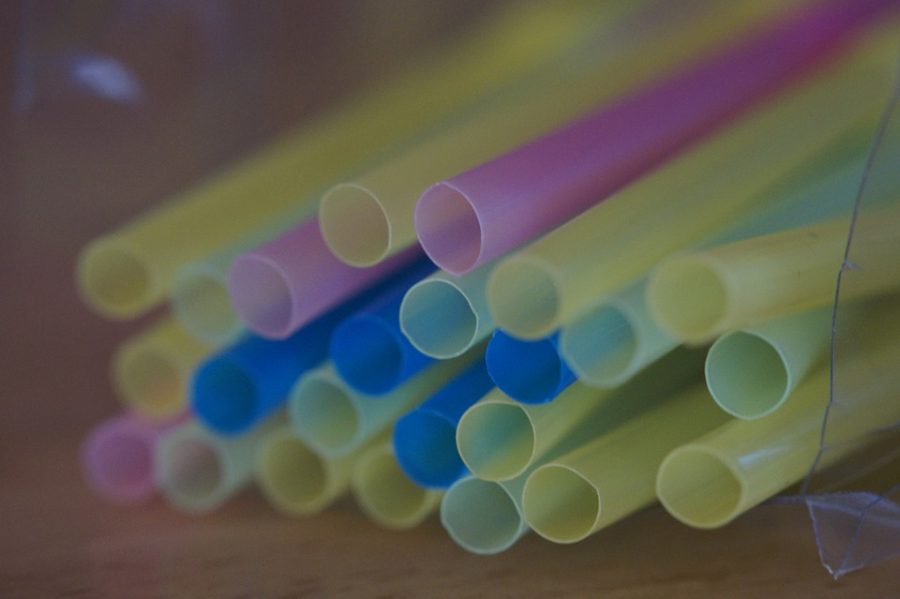Understand the ineffectiveness of 10 cent straws
March 7, 2018
During the month of February, Associated Student Incorporated (ASI) implemented a strategy to stop the use of plastic straws at CSUSM with the goal of reducing plastics in the oceans. While the initiative had good intentions, there were notable flaws.
If you are like me, you probably paid little attention to the signs titled “Straw Free February” in the cafes mentioning that straws would be provided when requested. There was artwork displaying sea turtles by University Hall, the mascot for the initiative.
However, when I went to JazzMan’s to buy an iced tea and a turkey sandwich for more than $8, they told me I could purchase a straw for 10 cents. I’m already being overcharged for a dry, sad sandwich and my tea. Now they want to charge me more for my straw? If it’s only 10 cents it should be built into the cost of my purchase, just like the cup and lid are.
This type of initiative irritates me. How come a coffee shop will cap my tea with a plastic lid but tell me I need to buy an Eco-friendly straw? There were no permanent-use straws set out to encourage reusable straws. Instead you were told to buy a straw for 10 cents. If this was a CSU-wide initiative to reduce waste, I could see the benefits. However, being the only school for the month to give up straws, and only providing 200 eco-friendly straws as an alternative, tells me that this inconvenience won’t have much of an impact.
If the idea is to raise awareness, consider me informed. If the idea was to inspire change, I am left feeling like I am supposed to care about the ASI’s sustainability concerns, but I don’t.
College is expensive, and there are issues that demand attention.
This initiative was not the proper way to reduce plastic in the oceans. It was an inconvenience that nickel-and-dimed me.
There is a huge issue with how our society manages waste. Our economy is built on planned obsolescence, which results in the 624,700 metric tons of waste per day in the U.S. alone, as reported by the World Bank in 2011.
We buy a new phone every two years, our cars are meant to feel old after 10 years and TVs are only good for about seven years before they are
trashed.
But that’s the point. Nothing is built to last, because then we wouldn’t buy things anymore. Our economy doesn’t benefit from that.
We are a society of consumers, and consumers generate a lot of garbage. Unfortunately, we can’t seem to move past that point. Our economy is built around consumerism.
Here’s what I believe could have been a less annoying, and less inconvenient, way to reduce waste in oceans: encourage and offer reminders that straws can and should be recycled, along with the cups and lids for every purchase that has plastics. Set up discounted, permanent-use straws for purchase, and offer discounts for using reusable straws. Encourage the movement away from disposables.
How about we have an agreement with businesses that operate on CSUSM to only give biodegradable straws as a standard, and have them give a portion of their earnings to ocean conservation non-profits.
Can I pay 10 cents to reduce the number of people of color that are killed by police?
Can I pay 10 cents to improve basic education in this state?
Can I pay 10 cents to reduce government corruption?
Paying 10 cents doesn’t solve any issues.


